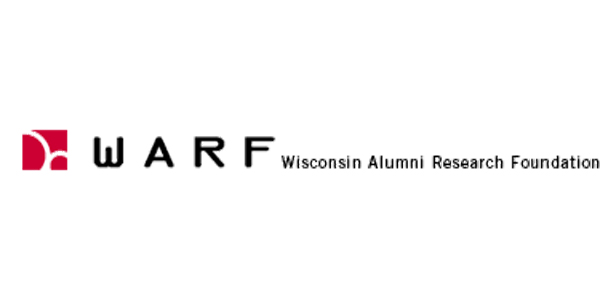 Story provided by Alex Moe, WisBusiness.com
Story provided by Alex Moe, WisBusiness.com
WARF is seeking commercial partners to help develop a new kind of energy harvesting device made from renewable materials.
Xudong Wang, an associate professor in the Materials and Science Engineering department at UW-Madison and lead inventor for this technology, has been working on this specific project for almost two years, having been involved with energy harvesting technology for over a decade.
WARF has applied for a patent on the technology, called a “triboelectric nanogenerator,” which harnesses mechanical energy and turns it into an electric current. It takes the form of a lightweight, flat, biodegradable material.
The two active layers in the power board are made of chemically treated wood fibers or cellulose. Cellulose and wood fiber work well in this application, because they are “cheaper, renewable and nontoxic,” Wang says.
The applications of this technology could be very broad, he says, with the most straightforward option being laying out the power boards across a surface with frequent foot traffic.
“In addition to the floor, we are working on many kinds of configurations for other purposes,” Wang said. “Self-powered sensors, or for other configurations in addition to the floor — for example, wearable tech.”
He says the device could harness the mechanical energy of other types of human activities, such as muscle movements and swinging arms, and could also be used for portable electronics as a wearable power source.
And it isn’t limited to human forces — it could tap into other types of vibration in the environment, such as bicycles or machine vibrations, he says.
In tests, the device exhibits comparable performance-to-energy capture materials made from synthetic polymers. It was able to light up to 35 LEDs when hit with a normal human step.
Wang and his four-person team are designing the technology to be installed in the same way as traditional wood flooring materials, but Wang says there are possibilities for other advancements, such as rug-style mats that wouldn’t involve the normal installation costs.
“It can be done,” he said. “This technique is kind of flexible.”
Development for the power board technology was supported by the WARF Accelerator Program, which provides assistance to authors of the most commercially promising breakthroughs. Technologies in the program are “especially attractive opportunities for licensing,” WARF says on its website.
The program draws on the expertise of business mentors known as Catalysts. Catalysts are selected from the startup realm, the investor community and even Fortune 100 companies. Many are UW-Madison alumni.
It chiefly looks at innovation in five prime markets: biopharmaceuticals, clean technology, computer science and engineering, food science, and medical devices/in vitro diagnostics.

